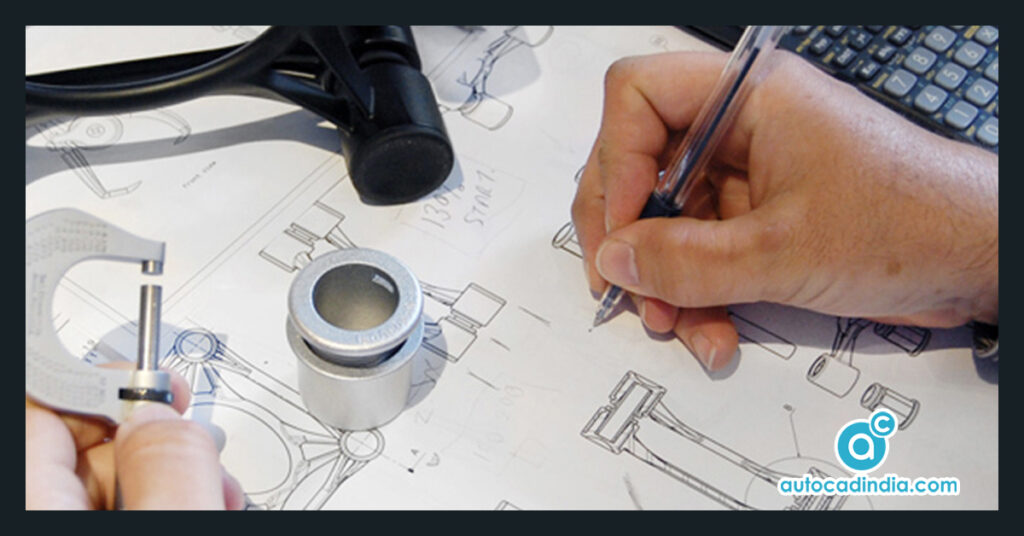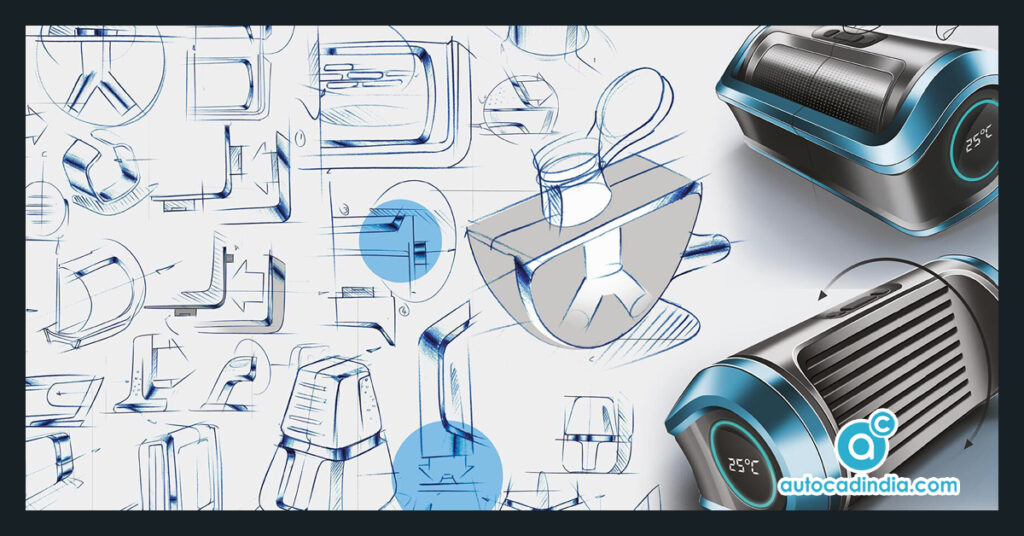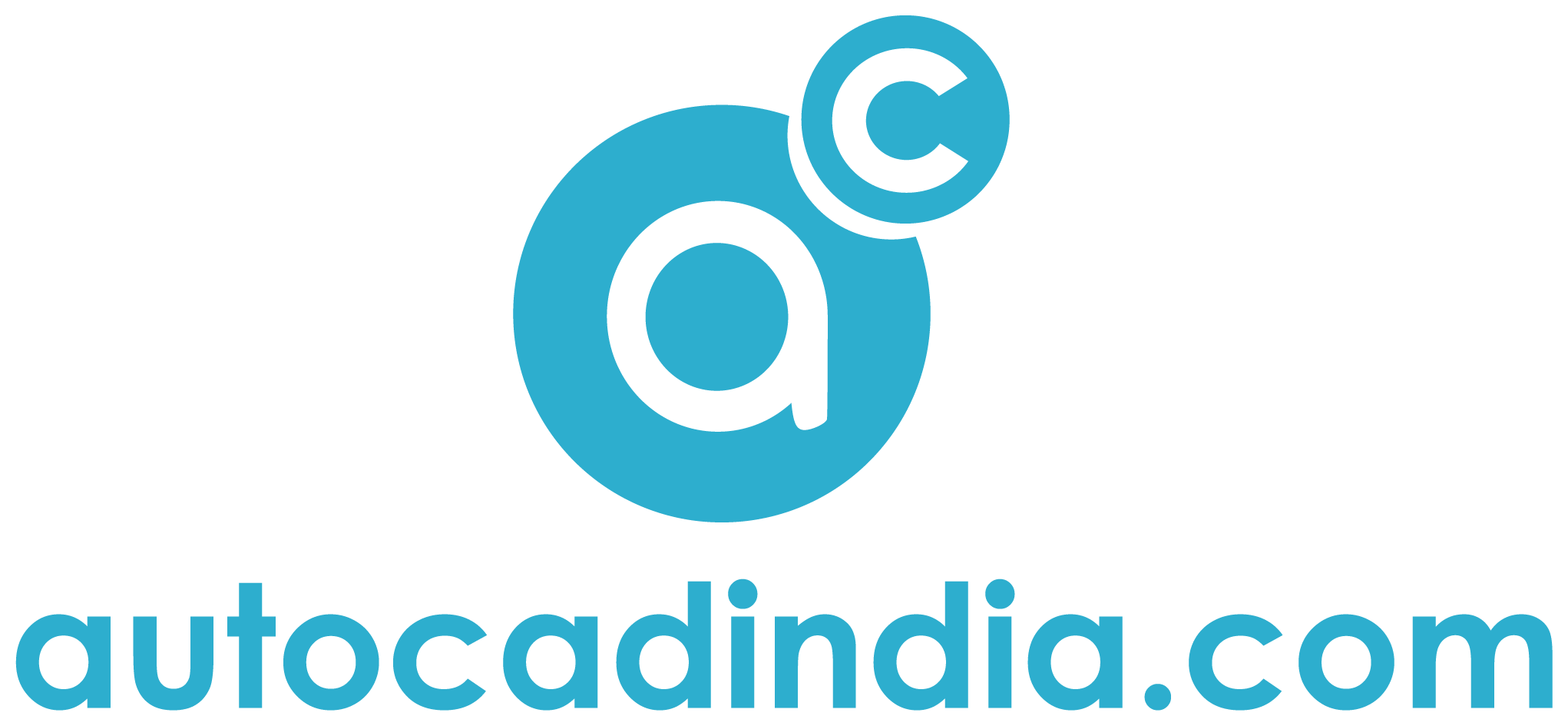How Cad Revolutionizing Product Design And Development in 2024
- January 2, 2024
Navigating the world of technology, Computer-Aided Design (CAD) is a remarkable software to reshape the product design process! Engineers love CAD. It improves and boosts the efficiency of any project. CAD in product design and development is would be an incredible topic to discuss today!
There is no denying that, CAD develops the way we design products. You can envision, construct, and market items more effectively. It’s an incredibly useful tool for people working in creativity.
It is useful for anyone who is in product developments since it simplifies and shapes new products differently. Tasks can be completed more quickly with CAD, similar to having a specialized instrument that enables smooth operations.
For those product development cycles, CAD is a dependable companion. CAD helps you run projects smoothly to deliver high-quality projects.
If you work in product design and development or CAD conversion services, it is important to know the value of CAD.
CAD in Product Design and Development & It’s Evolution

Over time, the way we design and make things has changed a lot. One big reason for this is a computer tool called Computer-Aided Design or CAD. You can develop your projects more effectively.
In the past, drawing and planning designs were done by hand, but now the CAD programs make everything easier. The product development process has never been easier. It’s all part of the product development cycles.
CAD lets us draw and visualize ideas on the computer. It’s a personalized tool for more innovation in product development. The engineering industry finds accountability in CAD. It’s easier to design. CAD speeds up and improves the efficiency of their work.
Another wonderful fact about CAD is that you have effortless collaboration. Showcase your progress to others and receive feedback. Multiple people can contribute to the same project all at a time.
Over time, CAD systems have also changed with multiple updates and new features. It’s a high-tech software that helps to improve our day-to-day projects.
History of Product Design Before CAD

Before we had Computer-Aided Design (CAD), people used different methods for designing products. Let’s take a look at the history and how new product design evolved before CAD came into the picture.
In the early days, designing new products was done by hand. It was a manual process and time-consuming.
As time went on, new product designers started making physical scale models of products. The models gave a three-dimensional look and helped us understand how the actual new product would look and function.
The Industrial Revolution started in the 18th century. Product design had a significant shift. Machinery and mass production became more common. Product designers started using basic tools and machines to create product prototypes.
In the 19th and early 20th centuries, technical drawings became a crucial part of product design. Everybody had to use complicated designs to deliver ideas. These drawings were often complicated. Not one draftsman can create them.
Before CAD, manual drafting with tools like compasses, rulers, and protractors was the norm. Designers carefully drew and annotated designs on large sheets of paper. Any changes meant erasing and redrawing, making the production processes time-consuming.

With technological advancements, tools like the drawing board, parallel rulers, and drafting machines made manual drafting more efficient. However, it still had limitations in terms of speed and precision.
The shift to Computer-Aided Design started gaining momentum in the mid-20th century. Computers started to represent digital products. It was a major improvement in the events of product design.
Advantages of Using CAD in Product Design

It comes with several benefits that make the whole process better. Let’s dive into some simple advantages:
Easy Changes: CAD lets you make changes to your designs without much hassle. It’s like editing a document on a computer – quick and straightforward.
See It Before Making It: With CAD, you can create a virtual version of your product. It’s like having a preview before making the real thing, helping you catch and fix issues early on.
Teamwork Made Simple: CAD makes it easy for a group of people to work together on a design. Anyone can contribute to the project.
Testing Without Building: You can test how your product will work without actually building it. It’s like trying out a recipe in a virtual kitchen before cooking it for real – saves time and resources.
Save Time and Money: CAD helps speed up the design process, saving time and reducing costs. You can take a fast route to develop your products and have a smooth journey.
Clear Communication: CAD drawings are like a universal language for designers. People can understand design easily without any misunderstandings. It also makes sure everyone remains on the same track.
Less Paper, More Environment-friendly: Instead of using lots of paper for sketches, CAD lets you do it all digitally. May not be directly related, but less paper saves more trees!
Archiving Designs: CAD allows you to save and store your designs digitally. It’s a digital archive for all your creative work which is easy to retrieve and use later.
CAD can be the tool you are looking for in product development. It automates and saves resources. Additionally, it also guarantees the healthy progress of products.
Trends of CAD in Engineering and Product Development

The future of CAD in engineering and product design holds exciting news for us. Here, we highlight some common trends and the impact of CAD. Let’s dive into the details:
1) Virtual Reality Integration:
Engineers and designers stepping into a virtual world to create and test their designs. The integration of Virtual Reality (VR) into CAD will make designing feel like an immersive experience, making it easier for everyone to understand and improve designs.
2) Artificial Intelligence Assistance:
CAD software is your smart assistant. With Artificial Intelligence (AI), CAD tools can help suggest design improvements, catch errors, and speed up the entire design process. CAD is like a virtual assistant but more reliable and functional.
3) Collaboration Cloud Platforms:
Nowadays, a lot of people have to work around the globe on the same project. CAD is moving to cloud platforms for real-time collaboration. Everyone works together on a digital platform. Your designs are now more efficient.
4) Sustainable Design Focus:
Parametric modeling may sound complex, but it’s getting simpler. Designers can now develop models that automatically alter when specific parameters change. You can deny the rules. CAD can take care of the rest. It makes your designs more versatile and adaptive.
5) 3D Printing Integration:
When you design something on your computer, wouldn’t it be great if a 3D printer could bring it to reality? CAD & 3D printing are interrelated. You can easily convert digital plans into physical products.
CAD in engineering industries and product design will make product development easier and filled with more collaboration. It’s ecologically mindful. Explore a new world of possibilities!
Final Words
CAD has become a vital point in product design and development. The user-friendly interface is easy for all to learn. Even if you are a beginner in product development and design, you won’t be disappointed with CAD.
It offers better visualization, rapid iteration, and more! A simulation tool like CAD is a must-have for all. Do you need help with CAD? Write down in the comments. We offer regular service on CAD Drafting Projects and CAD conversion.
